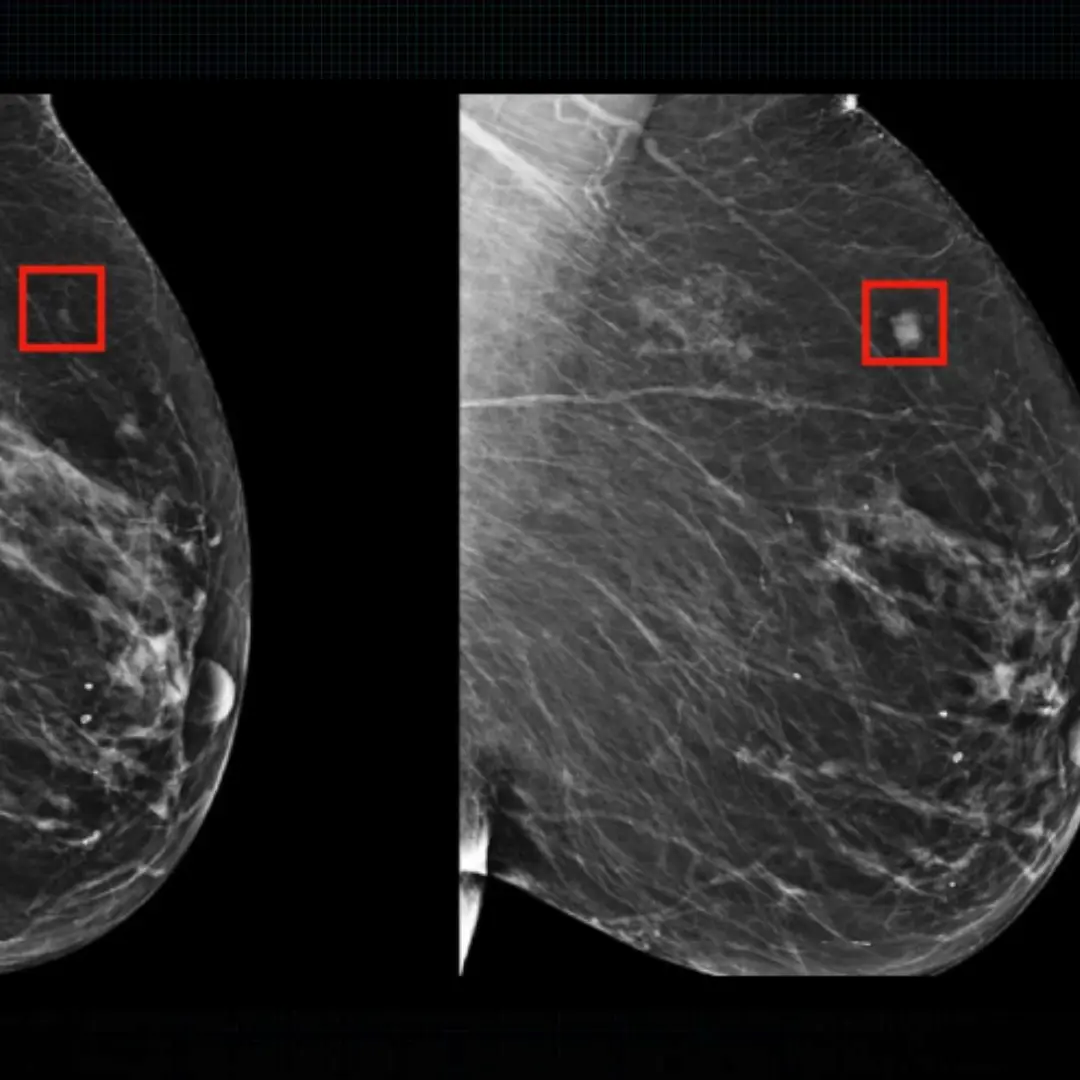Welcome to the future of breast cancer detection, where artificial intelligence is playing the role of a high-tech oracle! Thanks to groundbreaking advancements in AI, it’s now possible to spot breast cancer up to an astonishing four years before it even shows symptoms. This cutting-edge technology is more than just a scientific marvel—it’s a game-changer in the fight against one of the most challenging diseases, offering a new dawn of early intervention and treatment.
Imagine a world where detecting breast cancer is no longer a matter of waiting for signs to appear or relying solely on traditional screening methods. AI’s incredible ability to analyze and interpret vast amounts of data means that cancerous changes can be identified long before they become visible or symptomatic. This early detection capability isn’t just a minor tweak; it’s a revolutionary shift that can radically transform patient care and outcomes.
By catching breast cancer years before it would normally be diagnosed, AI is giving patients a crucial head start in their battle against the disease. This early warning system opens up a world of possibilities for proactive treatment, tailored therapies, and personalized care plans that can significantly enhance survival rates and improve quality of life. The potential to intervene early means that treatments can be administered at a stage when they are more effective, reducing the risk of more advanced and harder-to-treat cancer stages.
This technological leap is more than just a triumph of innovation; it’s a beacon of hope for countless individuals and families. As AI continues to evolve and integrate into healthcare, its role in early cancer detection will become even more pronounced, further transforming how we approach diagnosis and treatment. The future of breast cancer care is bright, thanks to AI’s ability to peer into the future and provide a lifeline of early intervention. This is not just progress; it’s a revolution in the making, one that promises to make a profound impact on patient outcomes and survival rates.









